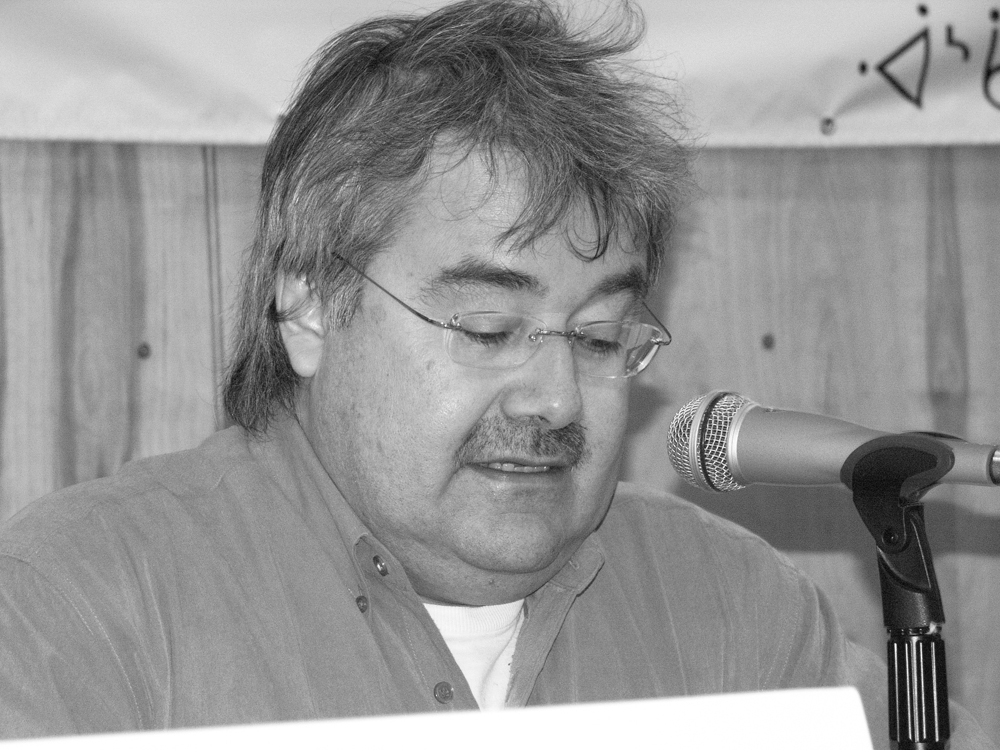
From the start you could tell that this Special General Assembly of the Grand Council and the CRA would be preoccupied with Hydro-Quebec’s EM-1 and Rupert Diversion Projects.
The tone was set when one delegate said the Cree School Board presentation was too long. “We’re here to talk about EM-1 and the Rupert Diversion,” he said.
Thomas Coon of the Cree Trappers Association added to the climate when he said, “EM-1, for some, it’s a celebration, for me, it’s a funeral.” He talked about God’s plans as he saw them. “He delegated the Cree nation to be the protectors of his creation.”
No one actually got up and spoke in favour of the hydro-electric dams though some urged caution.
Host Chief Robert Weistche of Waskaganish, the Cree community at the mouth of the point where the Rupert River drains into James Bay, also had issues with Rupert River Diversion.
“The Rupert River was not a promise,” said Weistche, adding that the diversion itself should have been part of the Paix des braves referendum. He also questioned whether there was an informed Cree consent because of this.
Weistche said that if the project does go through, Waskaganish will show up with a shopping list. “Our water supply has to be guaranteed. We want a paved road to the highway. There will be a lot added to this list as we will lose access to resources we have at the present. Solutions will have to be found.”
Weistche added he had serious concerns and reminded Grand Chief Matthew Mukash that while he was on the campaign trail Mukash talked about saving the Rupert River “with strong statements.”
Nemaska Delegate Bertie Wapachee said, “The Cree Nation should put all of the COMEX hearings on the Rupert Diversion on JBCCS (Cree regional radio). I’m talking from morning until they are finished. The consultations are supposed to be public so let’s make them public.”
Chisasibi Chief Abraham Rupert asked for a Special General Assembly to focus on the Rupert River Diversion because there wasn’t enough time to cover all the issues connected to the diversion. “We shouldn’t be looking at the cost of the assembly but the future costs to the Cree if we don’t have this assembly. We must not forget that’s who we are… the land.”
Jane Blacksmith, a Mistissini delegate, talked about suicide rates in all of Eeyou Istchee and said that the Grand Chief and the Deputy Grand Chief have to start taking a leadership role in tackling this issue. Chisisabi’s Abraham Rupert also mentioned the high suicide rate in his community.
This Special General Assembly may have helped heal some old wounds from past projects. George Visitor, a Chisasibi delegate, brought up the fact that his community was supposed to get some funding from the 1986 La Grande Agreement.
“Chisasibi is still waiting for the $26 million. One community representing a third of the Cree Nation voted against. Will there be any interest on the past 20 years?” asked Visitor adding, “I think it’s time. It’s our time. It’s time to settle this for once and for all.”
From the community in question, Mistissini Chief John Longchap agreed, saying both Chisasibi and Mistissini have agreed to arbitration. “The funding is related to Cree traplines that were lost or affected as a result of the La Grande Project. Most people forget that Mistissini lost traplines too. If Chisasibi is to be compensated for that then so should Mistissini. This is all we are saying,” said Longchap.
A report on the Cree/Federal Negotiations was given to the Special Assembly. This will be covered fully in the next issue of the Nation. It is similar to the Paix des braves deal.
Nemaska Chief Josie Jimikin did a presentation of the potential of wind power as an alternative to the Rupert Diversion.

